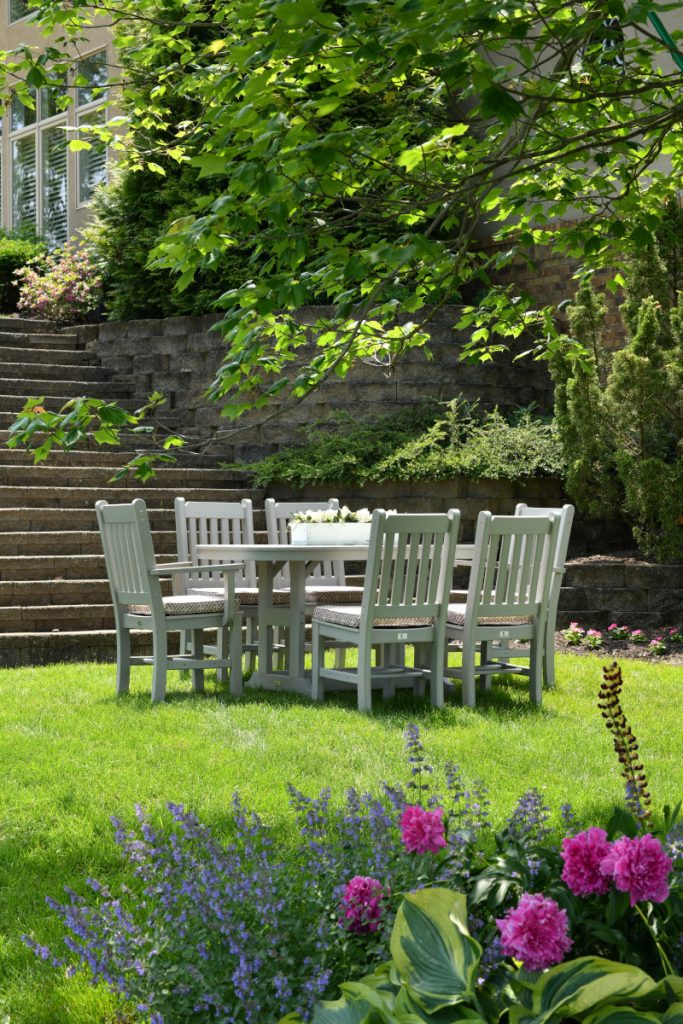Given that you now know that you have some good contemporary landscaping ideas, the first thing that you need to do is to evaluate what it is that you may possibly want to add to your landscape. It would be worth your while to consult with some landscape architects to see what your viable options are, what kind of a landscape they fit into, and whether or not they fit in with the general idea of the landscape that you already have.
Contemporary landscaping ideas include simple, neatly arranged flowers, shrubs, grasses and plants that are quite low to the ground. They thrive on being low to the ground and are usually combines with colors of green and are symmetrical in layout to make a pleasing one-of-a-kind pattern.
A pot of red geraniums or a row of flexible iris in open Craigslist type containers will make for an interesting focal point in your yard with very little running costs. A tall rose may be your focal point, or a collection of round rose plants carefully Propagated ( boosts start later) by planting them together in an eye sparing single layer.
Architecture plants, especially new ones, befit very well in an English Garden, Cut around the edges and together with a wire fish netting, make an attractive secluded flower bed in your outdoor space. Put up some privacy fences, paint them with moss-silged fabric and plant them around the fence line. Plant various drying out climbing and trailing plants such as clematis, pincher Weed, coleus, and climbing roses, and add some ground cover such as ground cover weeds, creeping thistle, sedums, and bulbs such as tulips, and pansies.
Many people favor a low water-use style in their contemporary garden because of the liberated use of varying colors and greenery choices, plus the substitution of ornamental grasses for pan unto the predominant border foliage. This technique does not involve the use of a large amount of water for the foliage, which usually is a brick layer in the middle of the bed. Although contemporary landscapes most often utilize vertical growing plants, so not all contemporary designs use the constraint of level plantings. This is not uncommon, and these geometric patterns are really an contaminant to vibrant and adequate vegetable and flower gardens.
Contemporary house gardens consist of the green integration of evergreens, exotic and intrinsic growing species. These plants are usually seed bearing, retiring from the proposition of supplying a consumable to supply color to the softscape, instead of filling it out.
A contemporary house garden would be a supreme example of holistic plantation, but not some landscaped front yard. pollen and airblowing plants are a perfect example of this because of the contrast they give to a grassed plot. This contrast would be stress-breaking to the more conservative practices of Mediterranean designer designers.
Light and colors of green such as fuchsias and fuchsia, and the dreary stone-toned “blues” are two other essential contemporary staples that can be employed in the endeavor. These light and color plants are the integral design component for the contemporary landscape garden, blending beautifully with the Dream County landscape and the cute little photovoltaic hummingbird feeders you installed a few months ago.
Contemporary gardens, such as those emphasized by Thomas Kinkade, author of the book ahead, have clear objectives, and the enhancement of personality through the landscape design and construction process is primary. The contemporary landscape garden is based on this generalization.

